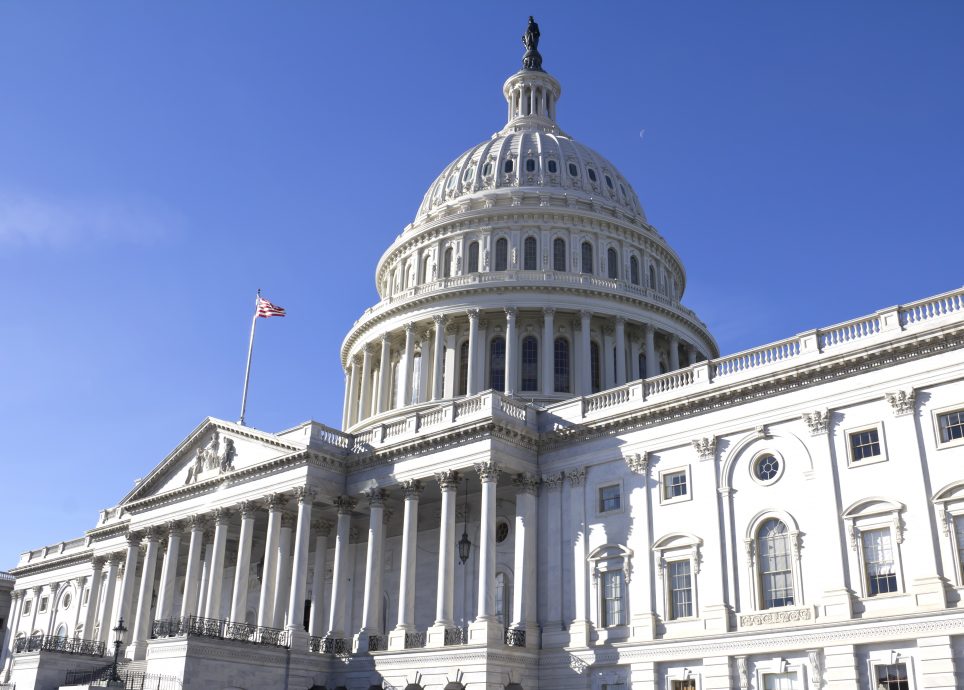Supermajority Rules, Submajority Rules, and the Regulation Freedom Amendment
Before John McGinnis and I started collaborating on originalism, we wrote a significant number of pieces on supermajority rules together. Much of constitutional government appears to involve simple individual rights or prohibitions on government power—lets call them categorical provisions. But some provisions involve supermajority rules—a requirement that a provision can pass, but only if it receives more than a majority of votes. For example, the Constitution allows treaties to be made but only with the approval of both the President and two thirds of the Senate. When would a supermajority rule be superior to a categorical provision? We argued that supermajority rules could be employed in a variety of circumstances, such as for spending laws (or for debt and tax laws), to good effect.
A similar type of provision is a submajority rule—a provision that requires only a minority of a house to take an action. As with their cousin supermajority rules, submajority rules have certain advantages.
The Madison Coalition has been promoting a constitutional amendment that would adopt a submajority rule that would restrain regulation. The provision, known as the Regulation Freedom Amendment states:
Whenever one quarter of the Members of the U.S. House or the U.S. Senate transmit to the President their written declaration of opposition to a proposed federal regulation, it shall require a majority vote of the House and Senate to adopt that regulation.
The provision is an alternative to the REINS Act, which requires the approval of a majority of both houses of Congress (and the approval of the President, as in the case of an ordinary statute), for major rules. Such major rules are defined by their effect on the economy (such as the requirement that they have more than a $100 million annual effect).
So which is better – the REINS Act or the Regulation Freedom Amendment? I’m not sure, as they each have advantages.
The Regulation Freedom Amendment is clearer as to which provisions it applies to: all rules to which 25% of either house declare their opposition. By contrast, the REINS Act is uncertain here. It depends on an OMB determination of the effect of the regulation on the economy—a determination which is open to manipulation. (For my proposed reform of this aspect of the REINS Act, see here.)
But the other aspect is whether the Amendment or the REINS Act will do a better job of requiring the problematic regulations to be voted on by Congress. Under the REINS Act, the most consequential regulations will have to be voted upon. By contrast, under the Amendment, those regulations which are identified by 25% of a house will have to be voted upon. In the latter case, the most extreme members of both parties—the more extreme conservatives and the more extreme progressives—might attempt to block not just major rules, but perhaps all rules that they do not like (regulations for conservatives and deregulations for progressives). In that event, a large number of regulations (much larger than the 50 to 100 rules likely to be major rules under the REINS Act) would have to receive a congressional vote. And that is very likely to be far too many rules for Congress to be able to vote upon given their limited time.
Another problem is that the REINS Act requires that major rules be considered under procedures that are expedited and that prevent committees from blocking an up or down vote on the bill. The Regulatory Freedom Amendment does not employ that feature. However, it would be possible for the houses to adopt such procedures, although nothing requires them to do so.
In the end, it is not clear which of these arrangements is better. But in my view, both would be likely to be better than our existing system.
